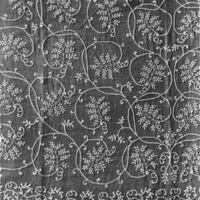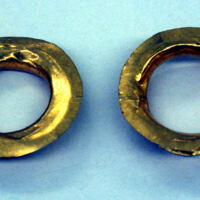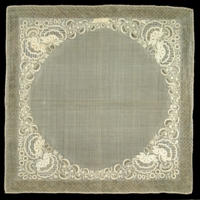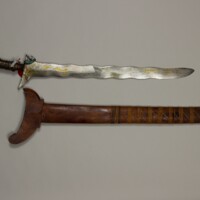Man's Grave Marker (Sunduk)
Text
Lying along the ancient sea trade route between the southern Philippines and Borneo, the islands of the Sulu Archipelago have long been a crossroads of cultures and artistic traditions. Although the Bajau are Muslims, their
art often reflects the influence of earlier indigenous imagery
and occasionally includes human or animal forms ordinarily
prohibited under Islamic religious doctrine.
Like Western gravestones, Bajau grave markers commemorate and mark the resting places of the dead. The markers consist of two components, the kubul, a low openwork fence that surrounds the grave, and the sunduk, an upright element at the center of the enclosure. The form of sunduk reflects the gender of the deceased. Women's sunduk consist of intricately carved openwork planks, while men's are cylindrical and often have a separate base in the form of a ship or stylized animal. Most examples are decorated solely with geometric and floral motifs derived from local Islamic traditions. In rare instances, however, sunduk are carved as human figures that exhibit close stylistic affinities with other indigenous traditions of island Southeast Asia. This exceptional man's sunduk takes the form of a male figure set within a stylized ship. Similar images occur among many indigenous peoples throughout island Southeast Asia and likely depict supernatural rather than physical journeys.
Share this



